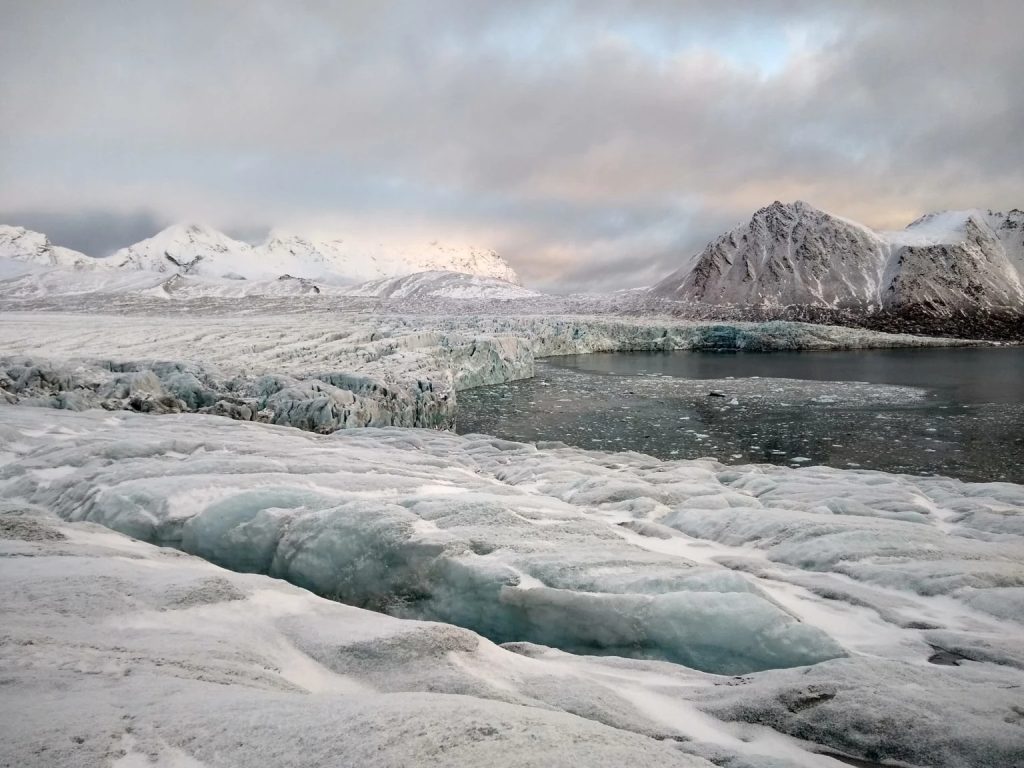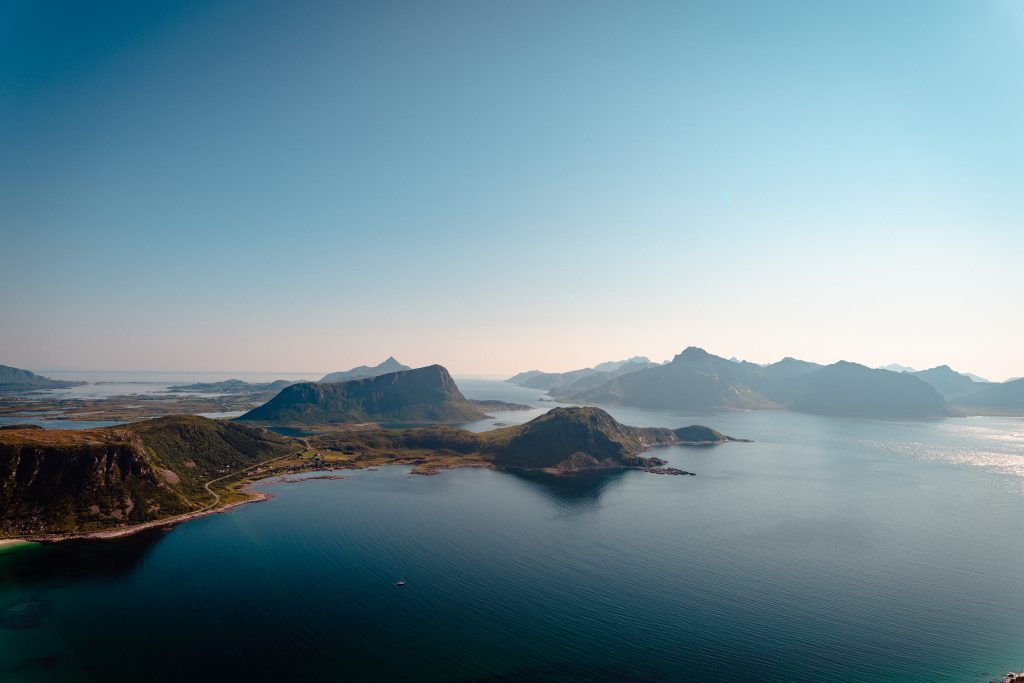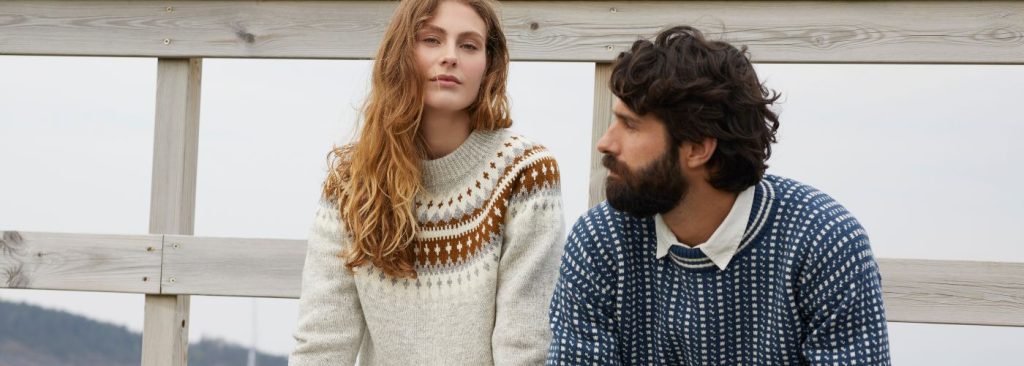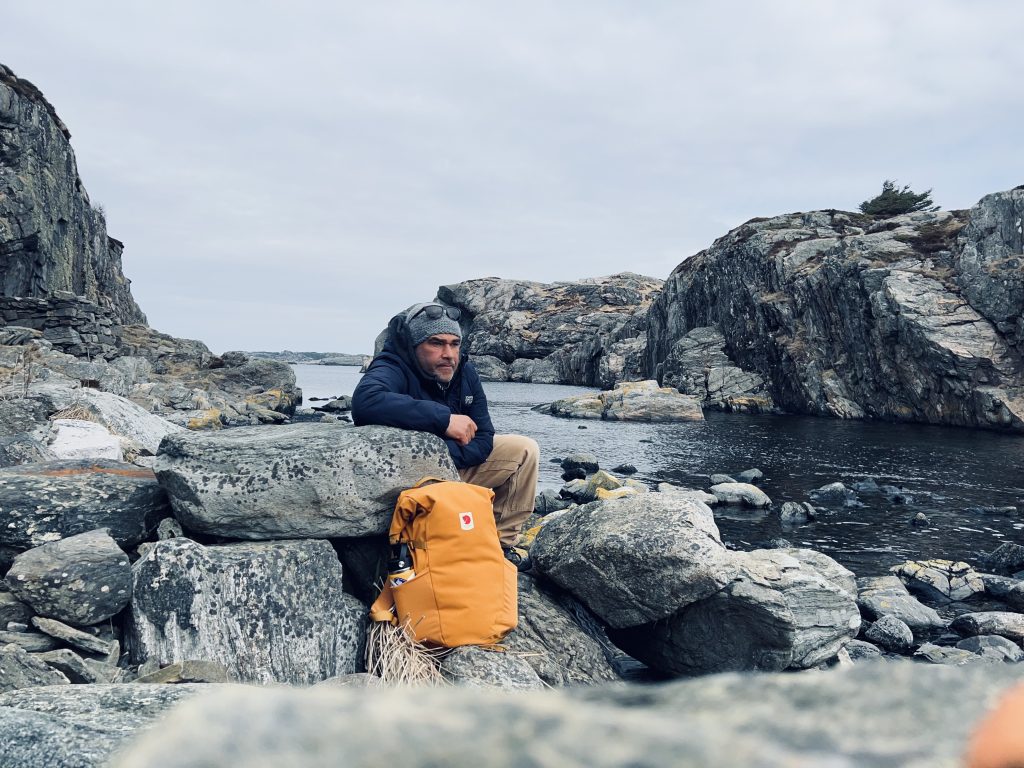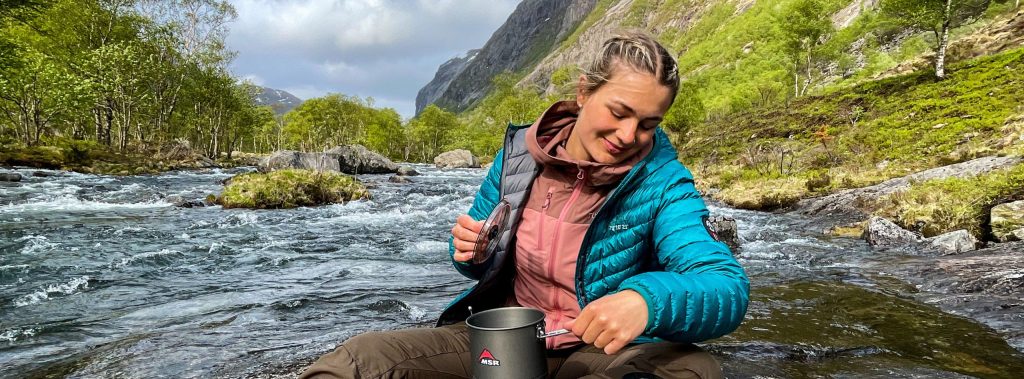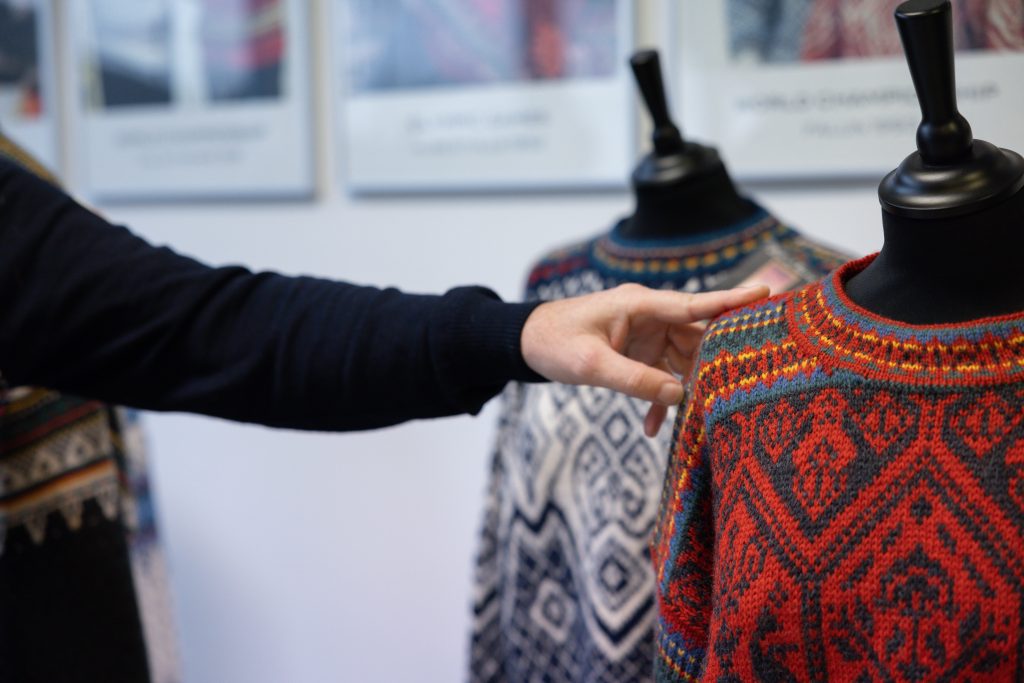Have you ever dreamt of living on your own private island? Maybe one of these beautiful islands in Norway can be the place to go! From the south to the north, they are a perfect getaway in the middle of the amazing Nordic nature. Visit these Norwegian pearls in the sea and have unforgettable experiences that you will not find anywhere else in the world. We will tell you about nine of them, but there are many more to discover as well.
Hidra
Situated south of the mainland coast at the border between Agder and Rogaland, Hidra is the largest island in Agder county. Most of its 600 residents live in Kirkehavn, where you can also find the Hidra church. There is also another village called Rasvåg at the south side of the island.
Along with breathtaking views of the ocean and a history of several thousand years of settlement, there are many fun things to do while exploring this 20.8-square-kilometre island. How about a visit to the museum «Fedrenes Minne» (The Memory of the Fathers) at the old School in Rasvåg? You can learn about the history of Hidra from the stone age until today. Another piece of history is the site of two plane wrecks by Palfjell and Lindåsen, the remains of two airplanes (a German and an English one) that dates back to World War 2.
Known as «The Pearl of Southern Norway», Hidra also offers great opportunities for divers, with many shipwrecks and other things to explore under the sea. If you prefer to stay on top of the ocean, you can fish, paddle, sail or swim. You can also stay on the shore, as there are great conditions for hiking, biking, photography and strolls in the streets of the picturesque villages with houses dating back to the 1700.
To get there, you can take a ferry to the island from Kvellastrand.
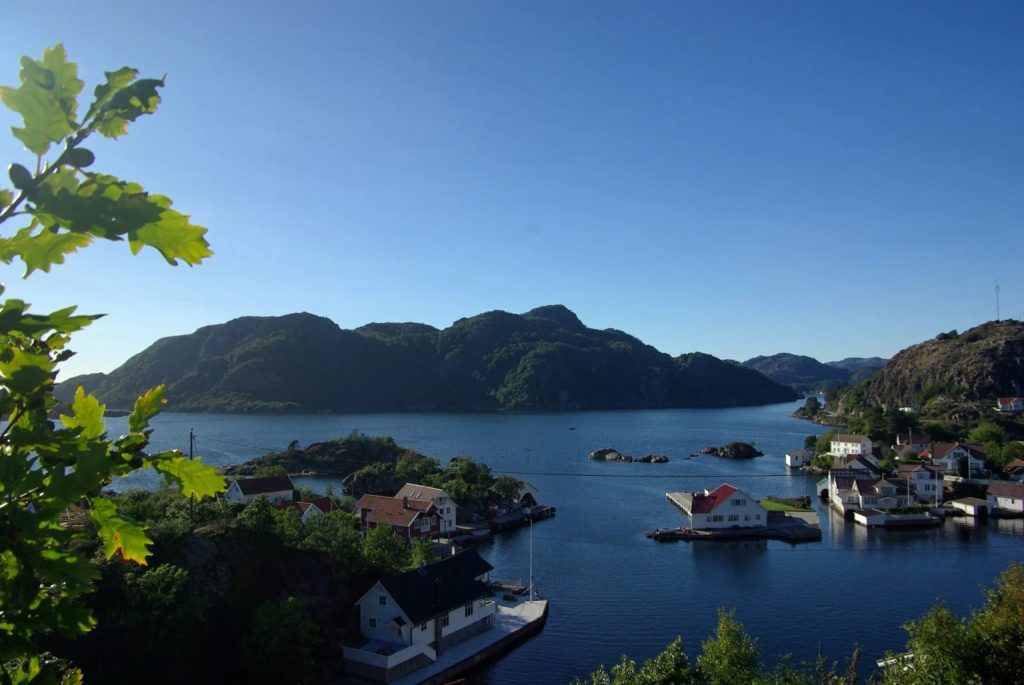
Jomfruland
The name of this island means «Land of the Virgin», and it is a small elongated island off the coast of mainland Kragerø, in the county of Vestfold and Telemark. 7,5 km long and only 1 km wide, Jomfruland serves as a shelter between the Skagerrak seas and the many islands of the Kragerø archipelago.
Two white lighthouses are found on the center of the island, one old and one new. Today the newer lighthouse is the only one still in use. Featuring several guest harbours, Jomfruland has several attractions. On the north side of the island you will find rolling stone beaches as well as a selection of great hiking routes.
Jomfruland National Park
Jomfruland is part of the Jomfruland National Park that covers an area of 117 km2. About 98% of the park area is sea. At Øitangen you can go hiking, swimming, photographing, fishing and picking berries. But watch your step and be sure to show respect for the rare species. The dry meadows and open sandy areas are home to many rare plants and insects. Several highly threatened species has their nests in the sand dunes. Please be aware and do not step on the plants or in the funnel-shaped pits in the open sand.
The oak and hazel woodland in the north of Jomfruland has several old, hollow and dead trees that house a rich diversity of insects and fungi. Oaks live for a long time and attract at least 1500 different species, more than any other type of tree. To preserve the diversity of species dead oaks are left standing or they lie on the ground.
You can really enjoy the sight of a plentiful animal- bird- and plant life on this island, as well as an outdoor church and great opportunities for fishing. Maybe you will catch your own dinner?
To access Jomfruland, you can go by water taxi or car ferry from Kragerø, or sail on in with your own private boat.
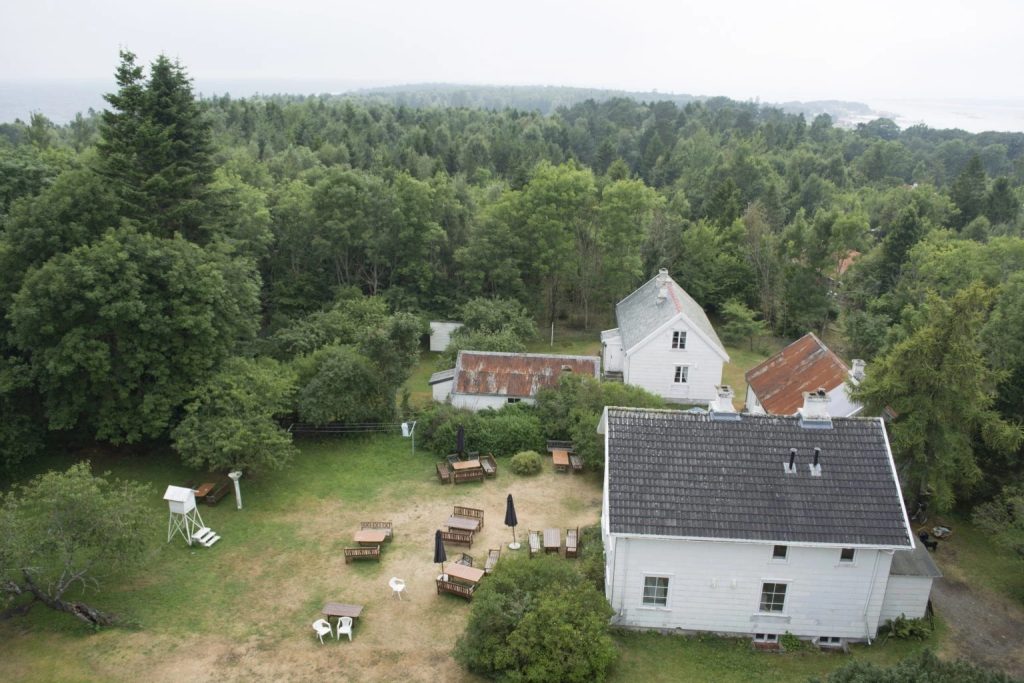
Stangholmen, Risør
Stangholmen island just outside Risør in the south of Norway is a typical southern island. The main attraction on Stangholmen is the beautiful lighthouse, built in 1855. The lighthouse is there to mark the channel from the Skagerrak, that runs through several islands and ends at the mainland town of Risør. Small town Risør is often called Norway’s “wooden house town“. In 1959, a new, automated light was constructed which is still in use to this day.
There is a popular gourmet restaurant and a tavern on the island, where you can enjoy a delicious meal at the Stangholmen lighthouse summer restaurant or sip a refreshing drink in the bar in the old lighthouse tower.
There are usually concerts being held at the outdoor stage in the summer, like Risør International Chamber Music Festival and the “FyrJam” festival. You will find both local bands and international well-known musicians on the stage. Both tourists and inhabitants of Risør can enjoy the music from their boats in the sea or on the island.
Stangholmen has many great opportunities for bathing and hiking around the island, so you can find your own favourite spot and enjoy some sunbathing or fishing.
To get to the island you can take the ferry “Agnes”, it runs from the main harbour in Risør every 30 minutes during the summer months. If you arrive in your own boat, there is a pier, toilet and washing facilities.
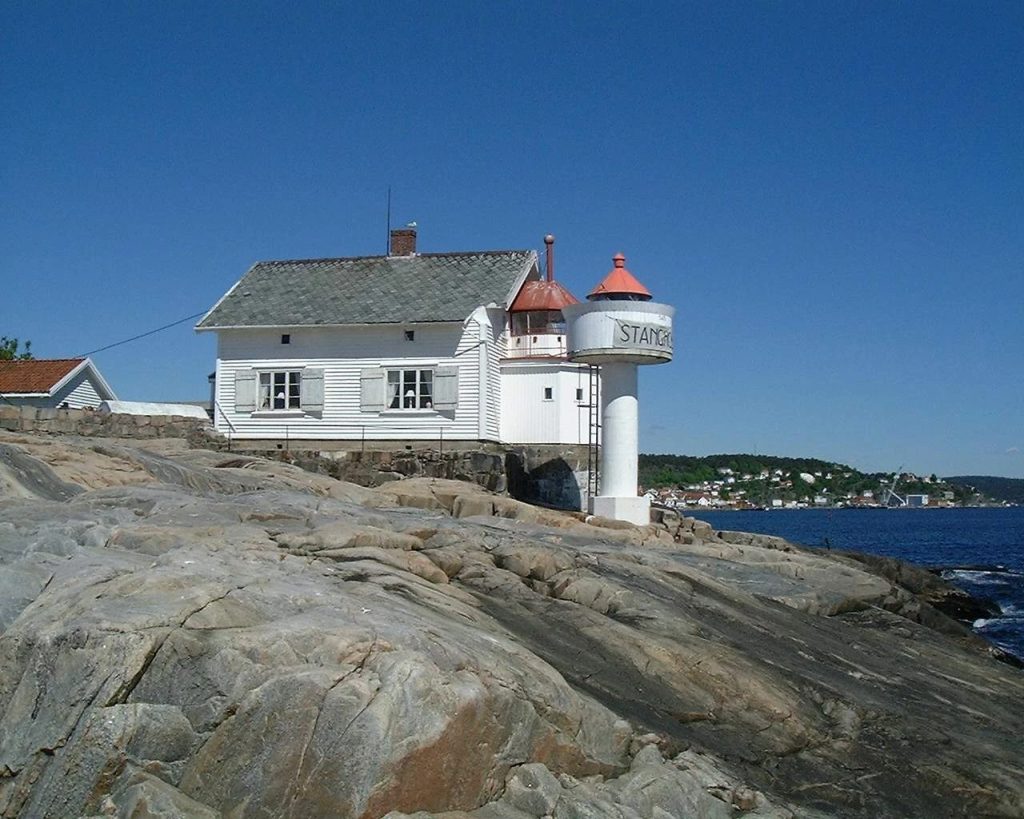
Vågsøy
Norway may not be the first place to think of when it comes to surfing? But this island is in Western Norway is in fact a surfer’s dream. The village of Hoddevika has a reputation as one of the most exotic surfing destinations in the world. So pack your wetsuit and board (or rent them there) and hit the waves!
Vågsøy is an island i Kinn, situated in Vestland county. This 59.1-square-kilometer island lies on the northern side of the mouth of the Nordfjorden, the sixth longest fjord in Norway. The island is connected to the mainland by the Måløy Bridge and the main population centre on the island is the town of Måløy. The population of the whole island is around 4000 people.
The incredible rock formation Kannesteinen is perhaps this island’s most prominent landmark, shaped by the sea and waves through thousands of years as it rises up from the sea like it is waiting for a troll (link til trollfigurer) to sit down on it.
The island lies along the open ocean, and there are several lighthouses along the coastline. Hendanes Lighthouse, Kråkenes Lighthouse, and Skongenes Lighthouse are some of them. The highest point on the island is the 613-metre tall Veten.
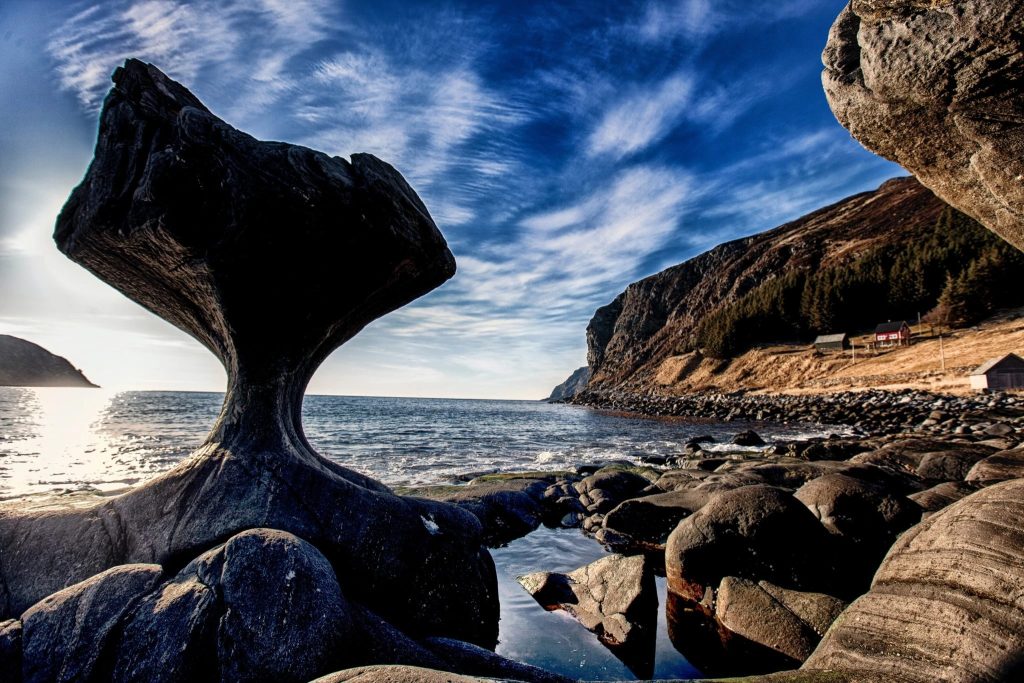
Sommarøy
Located about 36 kilometers west of Tromsø, in Troms og Finnmark county, this 0.34-square-kilometre island is an old fishing village with a population of around 300 people. Surrounded by small islands and shores, this is a popular destination due to the magnificent white sand beaches and spectacular scenery. You can stay at the hotel or rent a cabin to enjoy what this typical fishing village has to offer.
Store Sommarøya (Great Summer Island), is the main island, but the community also covers neighbouring island Hillesøya and other small islands nearby. Perfect for fishing, and maybe a swim if you like the water fresh! The beaches are great for collecting seashells and long walks by the sea.
If you want some cultural or historical input, there are many memories of WW2 and thousands of years old historical sites to explore. This beautiful island is also known for its great sky. In the winter the Northern Lights bathe in the sea as it dances across the sky. In the summer, you can experience the Midnight Sun (internal link til midnight sun article)
You will find Sommarøy about a 45-minute drive from Tromsø.
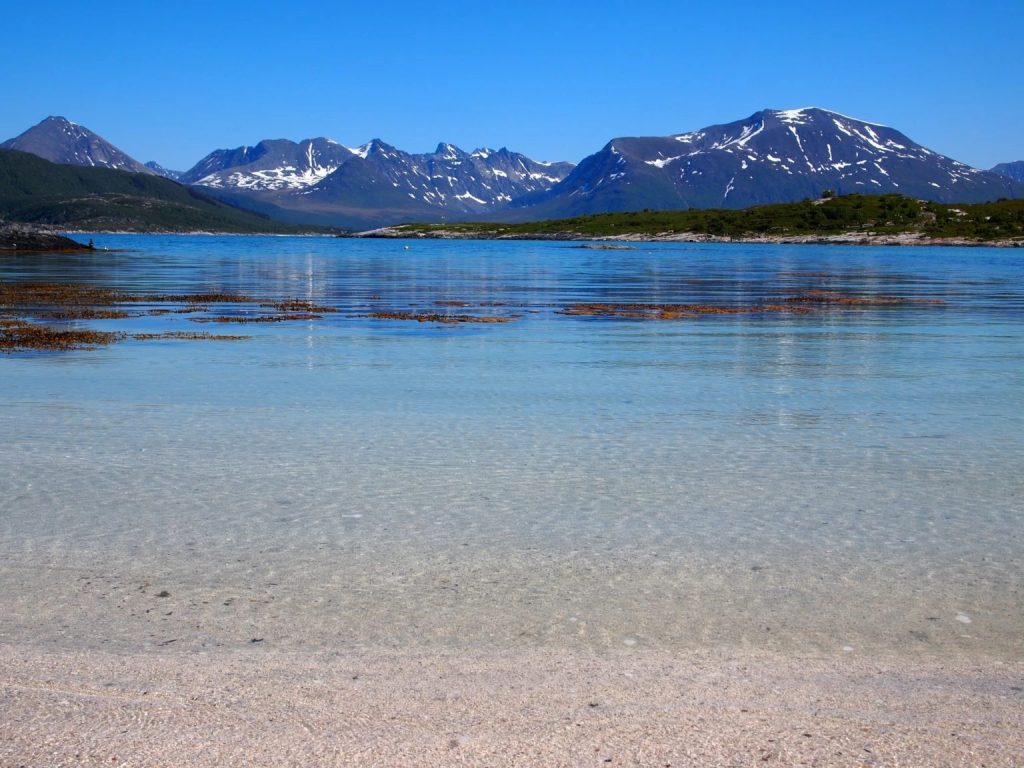
Vega
This gem is the center of a treasure of islands called Vegaøyan or the Vega Archipelago, by the coast of Helgeland. Vega is a UNESCO World Heritage Site in the the Norwegian Sea, just south of the Arctic circle, in Nordland county. A cluster of around 6,500 small islands surrounds the main island of Vega and it has been inhabited since the Stone Age.
Considered one of the most beautiful islands in the world, Vega is the perfect place to relax and just take in the views or get sporty with several fun activities. The best way to get close to the extraordinary wildlife of birds is to rent a kayak. Slide through the water and soothe your soul between shores and mountains or take a refreshing bath on the sandy white beaches.
Historically, down from eider ducks was the most common income for the people here along with fishing. Now, the archipelago is identified as an Important Bird Area (IBA) by BirdLife International, and supports populations of greylag and barnacle geese, common eiders, common loons, great cormorants, European shags, white-tailed eagles, purple sandpipers and black guillemots. So, beware not to trespass into these areas.
You can reach the island by boat from Sandnessjøen or from Brønnøysund.
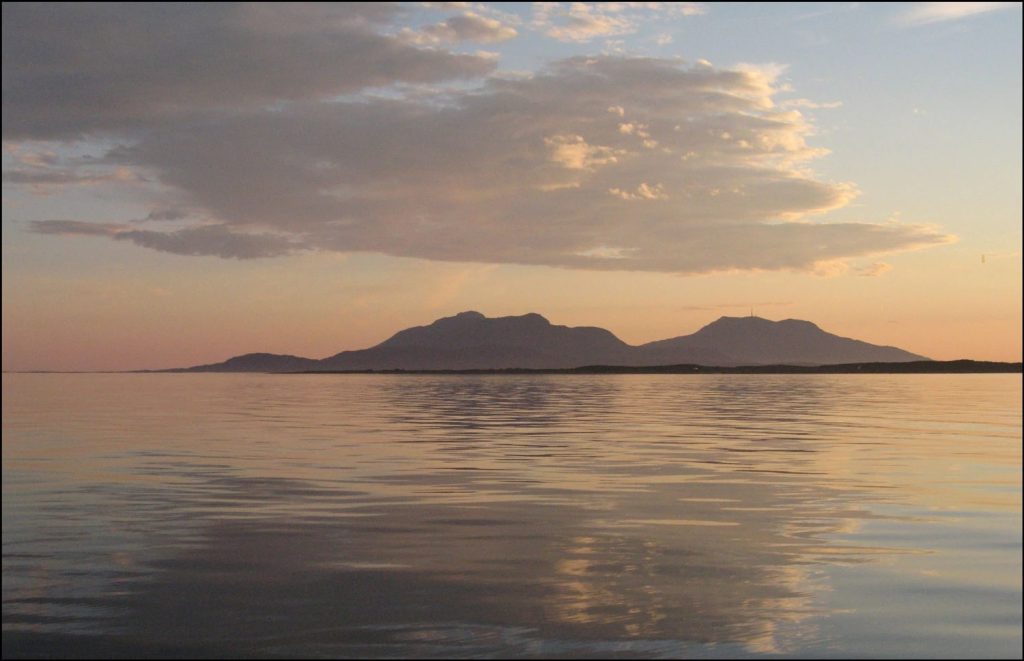
Vestvågøy, Lofoten
The exotic island Vestvågøy is called the heart of the Lofoten archipelago. Originally the island had the old Norse name Lófót - but when the archipelago was named Lofoten, the original name was replaced with Vestvågøy ( meaning west-bay-island). With over 11,300 inhabitants, Vestvågøy is the most populated island in all of Lofoten and there are small villages and communities both along the coast and further inland.
You can go fishing, swimming or scuba diving. Its crystal-clear water and sandy beaches also makes this gem perfect for surfing. You will find some of the best surfing beaches (link til beaches blogg) in Europe right there. If you love hiking, there are plenty of mountains to explore as well. If you need a break from the sporty activities, you can visit some of the shops and small cafés.
The Lofotr Viking Museum in Borg allows you to travel back in time to the Viking Age, and check out the reconstructed Iron Age Viking chieftain’s residence, built of stone and turf. The settlement was uncovered by archaeologists in 1983. The large Viking Era building is believed to have been established around the year 500 AD.
Excavations revealed the largest building from the Viking Age ever found in Norway. The foundation of the Chieftain House measures 83 meters long and 9 meters high. It is estimated to have been abandoned around AD 950. The museum also has a blacksmith’s forge, two ships (replicas of the Gokstad ship, one in full scale size) and their boathouses, as well as various reenactments intended to give the visitor in glimpse into the life at the age of the Vikings.
You can travel from Vestvågøy to Stamsund with the Hurtigruten boats, fly to Leknes or drive on the E10.
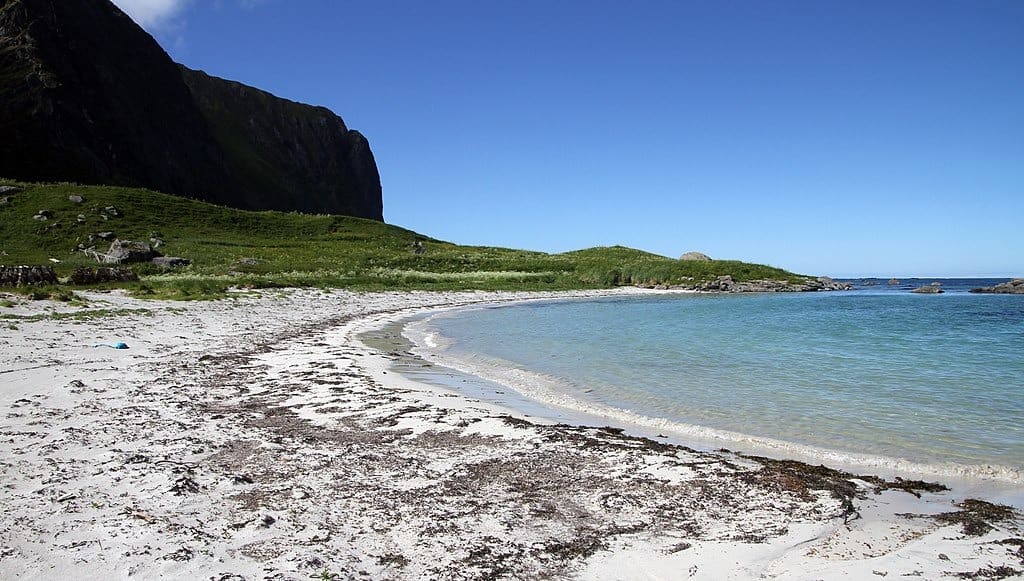
Å island
If you visit the archipelago Lofoten, Å is another island well worth a stop. How many other places do you know that has only one letter in their name? This peculiar name is originally from Old Norse á which means “small river”. First it was spelled Aa until 1917 when the Norwegian language reform changed the letter aa to å. Usually this island is referred to as Å in Lofoten to distinguish it from other places in Norway with the same name – yes there are at least twelve of them!
Å is situated at the pointy end of Lofoten and has one of Norway’s best preserved fishing villages. To learn more about how the people here lived off the sea, you can visit the Norwegian Fishing Village Museum and Lofoten Stockfish Museum. At the latter you can learn about production of stockfish, one of Norway’s oldest export commodities. The Museum is located at an old fish landing station. Both of the museums give valuable insight into life in the Lofoten Fishery during the past 200 years.
Other than this cultural nourishment, you can also explore the magnificent sea and mountains unique for this part of Northern Norway. If you go swimming, beware of one of the world’s largest maelstroms (whirlpools) “Moskenesstraumen” an inspiration for both E.A. Poe and Jules Verne in their books. You can also enjoy the Midnight Sun in the summer and the Northern Lights at winter.
You will find Å on the southern side of Moskenesøya (another beautiful island in Lofoten), and it rests at the end point of road 10.

Spitsbergen (Svalbard)
The most famous island in Norway, is in fact not in Norway, but situated just north of Norway, in the Svalbard Archipelago. This is the only place in Norway where you can see Polar Bears in the streets. In fact, there are more polar bears than people living there. Don’t expect to take a selfie with one, though, as they are all wild. Maybe you will find a stuffed one to pose with in Longyearbyen, the main city of Spitsbergen. You can never hike alone and unarmed, as there is a real threat of being attacked. So, take a guide with you and stay safe.
Longyearbyen is also home to the Svalbard Global Seed Vault, a secure seed bank started to preserve a wide variety of plant seeds that are duplicate samples, or “spare” copies, of seeds held in gene banks worldwide. The seed vault is an attempt to ensure against the loss of seeds in other genebanks during large-scale regional or global crises. Most of the activities offered at Spitsbergen are done with the goal of preserving the unique nature and keep both people and wildlife safe.
Spitsbergen is a destination like no other, and it can be enjoyed all year round. It covers an area of 37,673 km2, making it the largest island in Norway and the 36th-largest in the world. Besides from the wildlife and amazing nature, including ice bergs, you can also visit the mining community Barentsburg for a Russian experience.
In the winter you can see the magical Northern Lights, and in the summer, you can stay up all night under the Midnight Sun (link til blogg om midnattsol). A wide variety of activities are available for the whole family. Enjoy the beautiful fjords and mountains with activities like snowmobiles and dog sledding, boat trips, kayaking and hikes. There are also mining tours and sightseeing tours on foot or by car/bus.
Read more about Spitsbergen at www.visitsvalbard.com
Do you need to update your wardrobe before exploring Norway’s beautiful islands? From t-shirts and caps to all-weather down jackets and woolen sweaters, you find them all in our shop. Find your favourites and stay comfortable on the southern shores or spotting polar bears at Spitsbergen.
